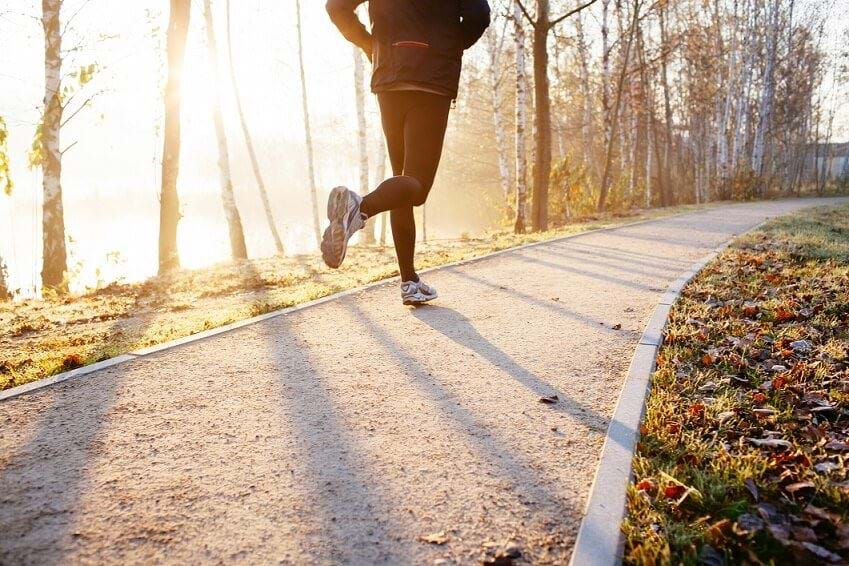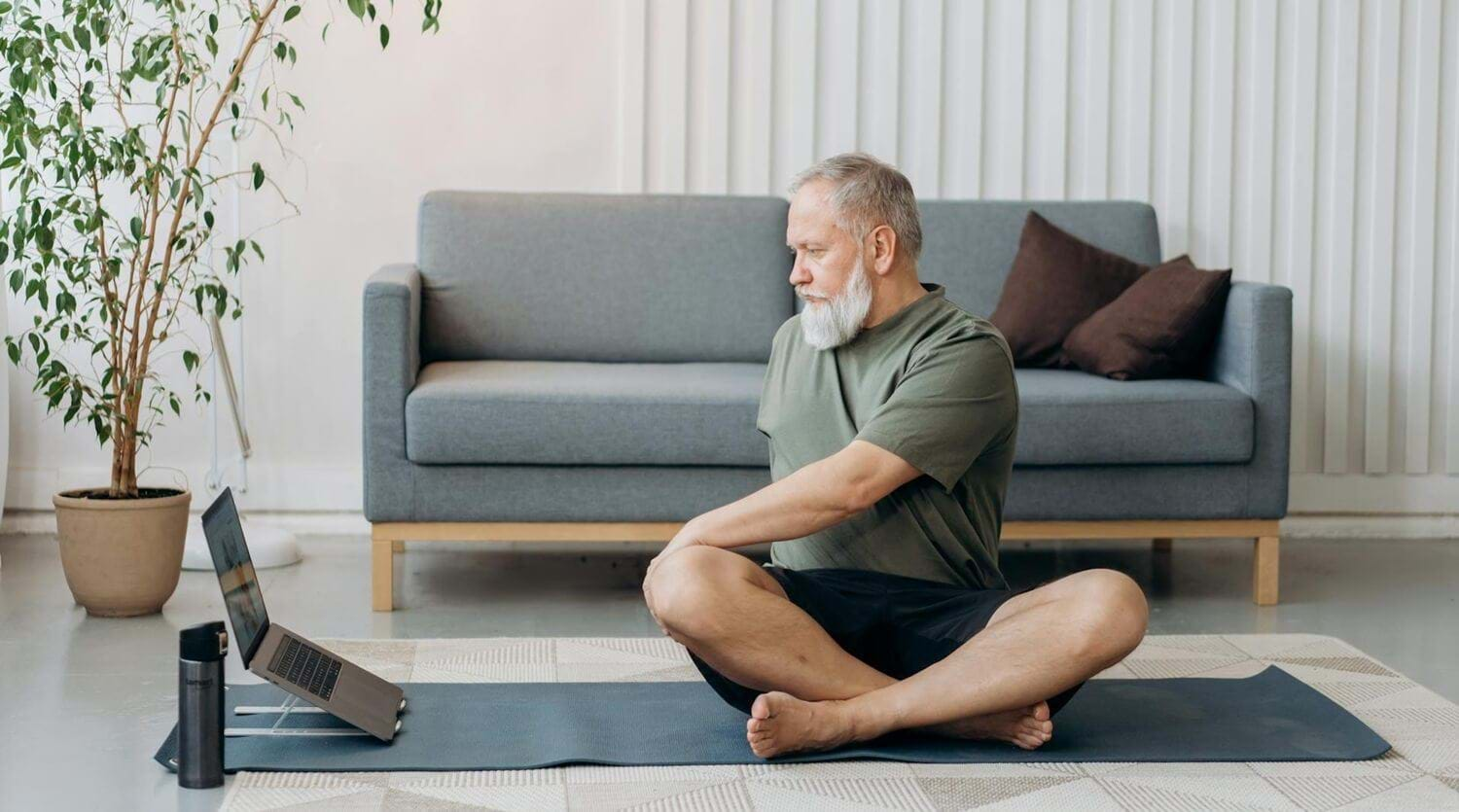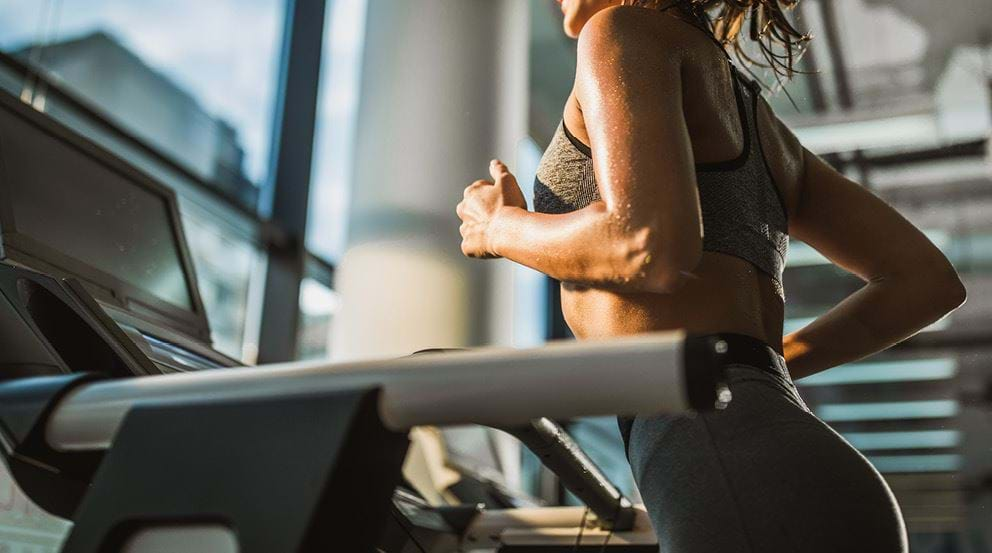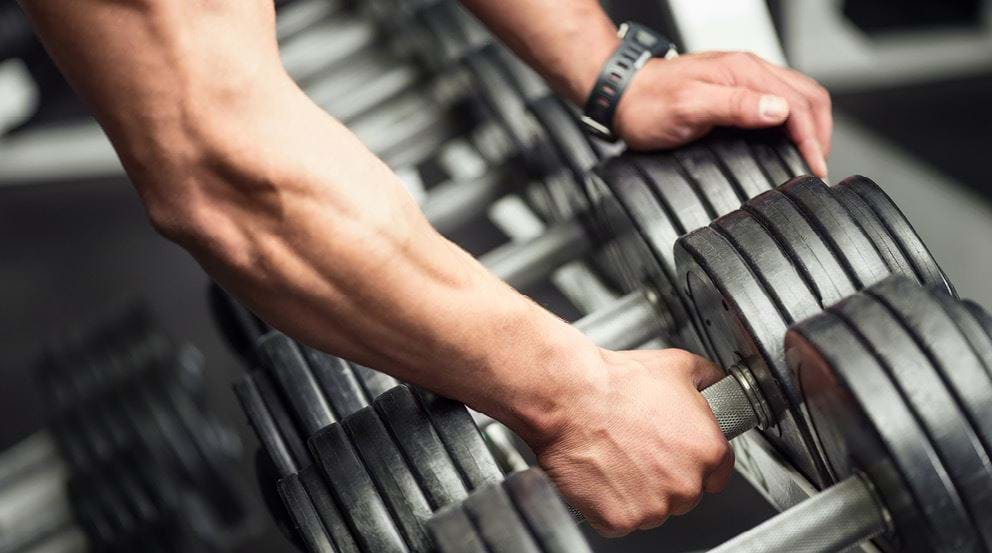The Ultimate Running Posture Guide

Posture | Guide | Mistakes | Different Environments | Exercises | FAQs
Running is a great way to keep fit, but it's not something everyone is naturally good at. While fitness and endurance can be increased by simply practicing running, running posture is something that may need intervention.
Running posture and technique after often overlooked aspects of running in both new and experienced runners alike, but are also key to efficient and injury-free running. Our ultimate guide for runners will help you improve your running posture no matter what your goal.
Why Is Running Posture So Important?
Correct running posture isn't just for the pros. Your posture impacts your efficiency, pace, and even your risk of common running injuries. Runners who learn and maintain good running posture feel less fatigue and generally enjoy their runs more. Here's why you should care about running posture:
- Energy efficiency: good running posture reduces wasted energy with every stride.
- Injury prevention: poor posture puts stress through joints and muscles, increasing the risk of injury.
- Breathing capacity: good posture opens your chest for optimal oxygen intake.
- Performance: proper running posture can improve your speed and endurance.
- Recovery: running posture impacts form to reduce unnecessary muscle stress, meaning less recovery is needed.
Head-to-Toe Running Posture Explained
Whether you're new to running or an experienced athlete, mastering correct posture running is crucial for performance and injury prevention. Let’s run through it from head to feet.
Head Position
When you’re running, keep your head balanced over your shoulders and think about looking straight ahead with your chin level. Avoid looking down or craning your neck backwards.
Shoulders and Arms
Every runner has a different arm movement, but in general your arms should swing naturally, with your elbows bent at right angles and hands relaxed. Don’t hunch your shoulders – keep them relaxed down and pulled slightly back to lift your chest.
Core and Torso
On the topic of your chest, keep your torso upright as you run, with a slight forward lean that comes from the ankles (not from the waist). Keep your core lightly engaged to protect your lower back.
Hips and Pelvis
Your hips should be level and facing forward. Imagine you’ve got headlights on your hip bones – the beams should point straight ahead.
Legs and Stride
Running stride is individual, but aim to move your legs in a straight line, lifting your knees forward. Your stride should feel natural, and your foot should land under your centre of gravity with each stride.
Feet and Ankles
Whether you're a forefoot, midfoot, or heel striker, proper running posture means your feet should land beneath your body and roll through the foot with strong, flexible ankles.
Common Running Posture Mistakes (And How to Fix Them )
Overstriding
Problem: overstriding means you are reaching too far forward with each step, so your feet land ahead of your body. Overstriding increases the impact on your joints and creates a braking force that makes running require more effort.
Fix: to fix overstriding, increase your cadence to 170-180 steps per minute, which will naturally shorten your stride.
Slouching
Problem: poor running posture can include rounded shoulders and a hunched upper back which often leads to looking downwards. This can reduce lung capacity and negatively impact endurance, increase the stress on your spine and hips, and cause neck and shoulder issues.
Fix: imagine a string pulling you upward from the crown of your head -- this will lift your gaze, chest, and hips.
Excessive Bouncing
Problem: a bouncy stride leads to too much vertical movement which wastes energy going upwards instead of forward. Bouncing also increases the impact of each step, creating more stress on the joints.
Fix: focus on moving forward as you run, not up. Lower your centre of gravity and aim for smooth horizontal momentum.
Arm Crossing
Problem: your arms tend to swing across your body instead of front-to-back. This causes your upper body to rotate, wasting energy and affecting balance.
Fix: lift your chest, and imagine headlights on your shoulders that point forward. Keep your arms bent at 90 degrees.
Tension
Problem: excessive tension in the neck, shoulders, hands, and face waste energy and can lead to fatigue, pain, and poor form.
Fix: do regular tension checks during runs to reset your body and use your breath to relax.
Road, Trail and Treadmill Running: Should Your Posture Be Different?
So far, we’ve talked about the best running posture fundamentals. But is it different when you rub on the road vs the trail? What about treadmill running? Here are some small adjustments for different types of running.
Road Running
When you’re running on road, pavement, or tarmacked paths, think about a slight forward lean from the ankles, steady arm swing, and shock absorption through slightly bent knees.
Trail Running
Trail running tends to throw all sorts of challenges in your path (excuse the pun). Posture pointers for trail running include shortening your stride for extra stability, using your arms for balance, and lifting your feet a bit higher to clear any obstacles.
Treadmill Running
It’s easy to fall into bad running posture on treadmills by holding the handrails or looking at the monitor. Think about keeping your gaze forwards, letting your arms swing naturally, and trust your feet to do their thing - don’t keep looking down at them.
How to Improve Your Running Posture
Learning how to fix your running posture involves awareness and practice. The most obvious way to improve your running posture is to incorporate our best-practice suggestions above into your runs. You could also use running drills like high knees and strides as part of your running warm ups, and use body scans and posture cues whilst you’re running. But there’s also plenty you can do in the gym to support better running posture.
Strength Exercises For Running Posture
- Core exercises like planks and bird dogs strengthen core control which makes it easier to engage the core during your runs.
- Glute strength from exercises like glute bridges and clams activate underused muscles so they can do their job in running.
- Upper back exercises like rows can combat slouching by strengthening the pulling muscles.
Give our running and strength training workout plan a try.
Flexibility and Mobility For Runners
- Hip flexor stretches like kneeling lunges and couch stretch.
- Thoracic spine mobility including thread the needle.
- Plenty of leg stretches for hamstrings, quads, and calves.
Check out our runner warm up stretches and post run stretches here.
FAQs About Running Posture
You can make significant changes to your running posture with awareness of the problems, and consistent practice of drills, stretches, and posture cues.
If you get recurring injuries from poor running posture, working with a running coach or a Personal Trainer who specialises in running can be a great way to fix your running posture.
The principles of good running posture are the same, but everybody has a different body structure, natural stride, and flexibility.
Yes, bad running posture can create imbalances that accumulate, potentially leading to running injures including shin splints, hamstring issues, and lower back problems.
Want to get started with running? Why not check out one of our local run clubs! For more running advice, check out our running hub here.


